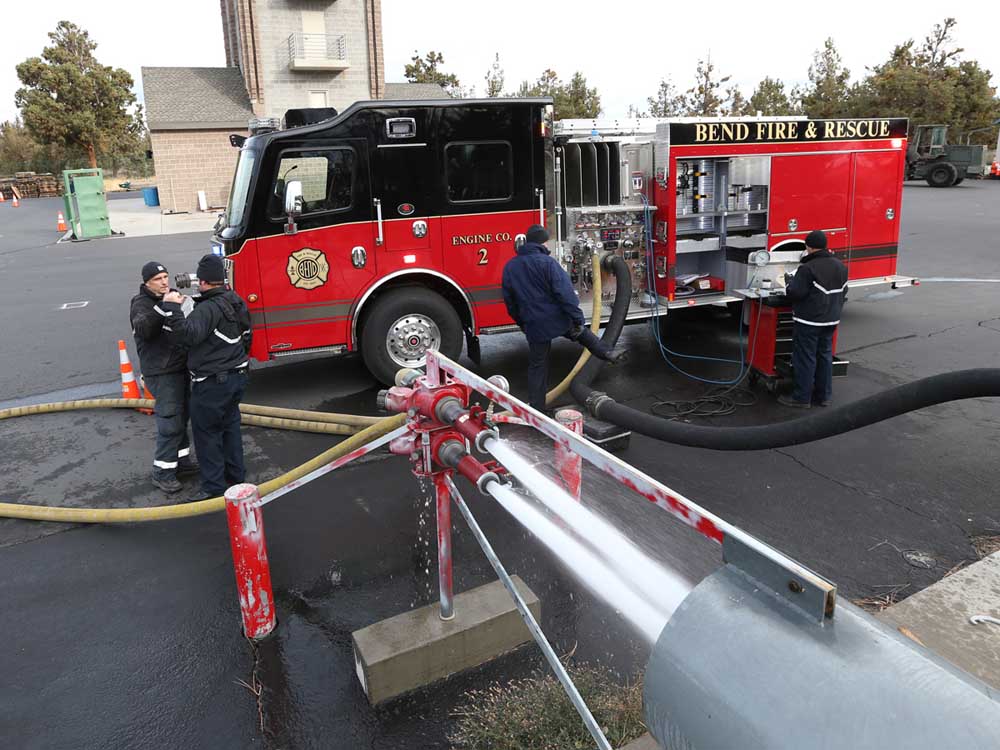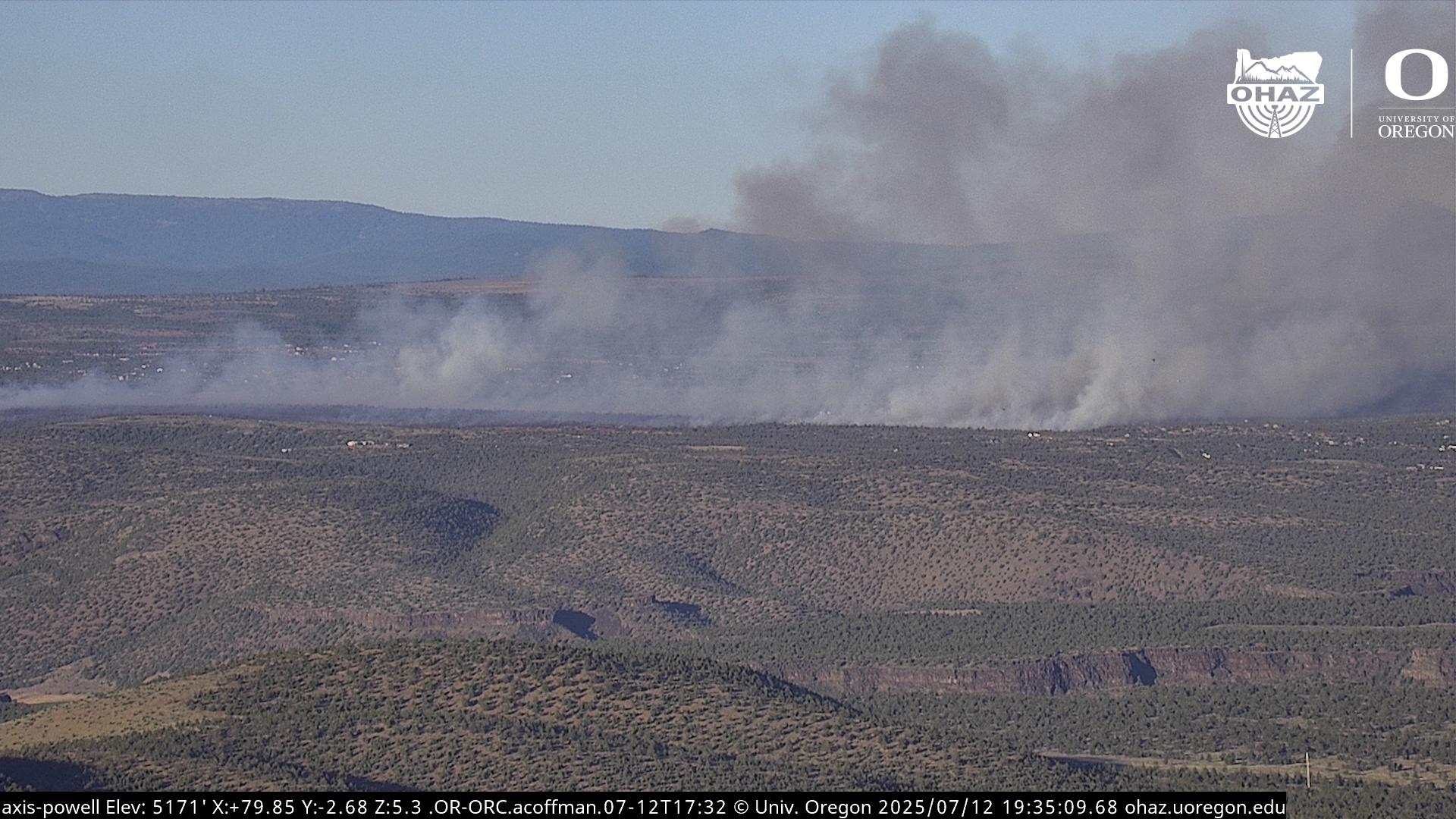Bend voters to decide on fire levies
Published 12:00 am Tuesday, April 10, 2018

- Bend Fire Department firefighters test a Rosenbauer fire engine in 2015. (Andy Tullis/Bulletin file photo)
Voters next month will decide for the second time in four years whether to approve a levy of 20 cents per $1,000 of assessed property value to bolster fire operations in the Bend area.
It’s the same rate that was passed in 2014 and that has added between $2.5 million and $3 million per year to the department’s approximately $23 million budget.
Trending
The operating levy runs out in 2019. The levy before voters in the May 15 primary election, if passed, would run until 2024.
If the levy is approved, the district would continue to prioritize reducing response times and training personnel, according to Bill Boos, the Bend Fire Department’s chief deputy of administration.
“This is just keeping everything in place,” Boos said. “We’re still trying to stay as cost-effective as possible.”
The City Council voted in December to put the question to voters on the May 15 ballot.
Officials say there’s a lot to show for the 2014 levy. For one, it’s allowed Bend fire to add personnel and equipment, including six large equipment pieces.
For another, officials say that two of the department’s recent initiatives streamlining emergency response were made possible by the levy.
Trending
The first involves prioritizing calls. The department employs emergency medical technicians, along with standard paramedic-firefighters. The EMTs earn less than paramedic-firefighters, and attend to less critical calls, or “basic life support” calls. This frees firefighter-paramedics to take the more serious calls, called “advanced life support” in the department’s two-tiered system.
“This program has helped us reduce our response times for all calls,” said Dave Howe, public information officer for the Bend Fire Department. “It has placed ambulances on scene earlier, has increased the reliability of engine crews for the true emergencies, and a ride in a (basic life support) ambulance is significantly less expensive than in an (advanced life support) unit.”
The other major initiative enacted since the 2014 levy involves the service response vehicle, a pickup that carries one fire prevention employee.
Howe said the type of calls this vehicle responds to used to tie up a three-person fire engine, making them unavailable for more serious calls that might come in around the district.
Prior to 2014, 20 percent of cardiac arrest victims the Bend Fire Department responded to survived. Today, that figure is 70 percent, according to Boos.
The average in-town response time is just under the department’s goal of six minutes, and the average is around nine minutes outside the city.
Voters in the Bend Rural Fire Protection District No. 2 will see a nearly identical ballot question.
The district operates in partnership with Bend Fire Department.
The department is responsible for responding to fire and emergency medical calls in the city, as well as the outlying, 130-square-mile district encircling the city. Under an agreement, the district is responsible for ownership of the department’s four fire stations in Bend and one in Tumalo.
The 2014 levy passed by a margin of 62.6 percent to 37.4 percent in the city, and 57.4 percent to 42.6 percent in the district.
Tom Fay, executive director of the fire district, said if the 2018 levy fails, they’ll “have to reassess everything,” and scale back operations considerably.
Fay is set to retire at the end of the month.
— Reporter: 541-383-0325, gandrews@bendbulletin.com








